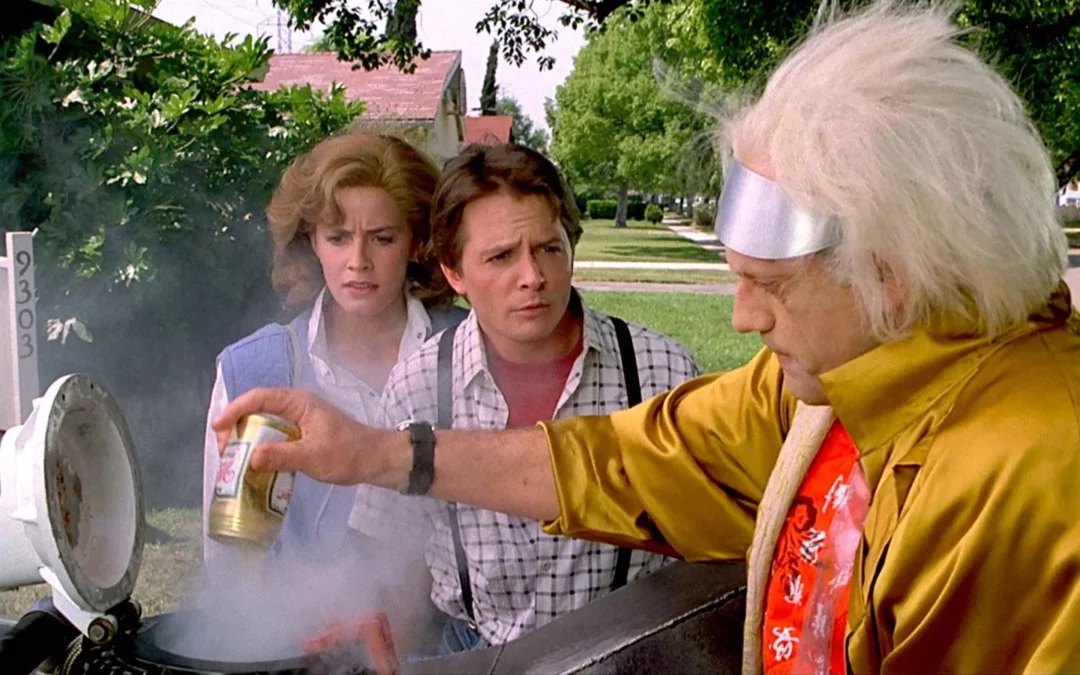In the ever-evolving landscape of technology, AI and IoT are not just buzzwords but catalysts of a major industrial revolution. From the vast fields of agriculture to the intricate mechanisms of manufacturing, these technologies are redefining efficiency and productivity. Let’s take a brief look, and after that we can apply what we know in renewable energy and blockchain.
In the realm of agriculture, IoT stands as a game-changer. Precision farming, empowered by IoT, leverages data to understand soil moisture, climatic conditions, and plant needs, enhancing crop yields while promoting sustainable resource use. Companies like Semios use sensors to keep a vigilant eye on pest populations, aiding in effective pest control. IoT extends to indoor planting as well, managing micro-climate conditions to boost crop production and optimize irrigation systems (upGrad, 2023).
Healthcare, a sector once dependent on traditional methodologies, is witnessing a radical transformation through IoT. Wearable devices collect vital health data, enabling real-time monitoring and early detection of health issues. This continuous stream of data not only improves patient outcomes but also integrates seamlessly with electronic health records, aiding healthcare providers in making informed decisions (GallantCEO, 2023).
IIoT is at the forefront in manufacturing, driving the industry towards ‘smart factories.’ IIoT aids in predictive maintenance, using sensors to identify and rectify potential machine failures preemptively. This reduces downtime and shifts quality assurance from reactive to proactive. Advanced sensors like optical scanners and vibration analyzers are now standard in ensuring top-notch quality (MachineMetrics, 2023).
Manufacturers leverage IoT for remote monitoring, supply chain optimization, and implementing digital twins. These digital twins act as virtual replicas of physical devices, enabling manufacturers to test changes and assess impacts without physical trials. Real-time machine monitoring has also become crucial, offering insights into machine performance and aiding quick decision-making (SaM Solutions, 2023).
Examples from other industries are overwhelming:
Transportation: IoT is set to enhance safety and efficiency on roads. Connected vehicles will communicate with each other and infrastructure, preventing accidents and easing traffic congestion. IoT also aids in fleet management, real-time monitoring of fuel usage, vehicle maintenance, and driver behavior.
Hospitality: IoT technologies in the hospitality industry aim to improve customer service, reduce operational costs, and boost revenue. The use of intelligent devices like locks and lighting systems enhances guest experiences.
Retail: The retail sector utilizes IoT for inventory tracking with RFID tags and sensors, enabling real-time stock management and personalized advertising for improved shopping experiences.
Civil Engineering: IoT’s potential in cities encompasses traffic control, water management systems, waste management, and general city monitoring, leading to increased productivity and better living standards.
Add machine learning or AI into the mix, and you see the game changing.
Integrating AI and IoT is not merely changing industries; it is redefining the possibilities within these sectors. From optimizing farming practices to transforming healthcare monitoring and revamping manufacturing processes, the applications are as limitless as they are impactful.
Now, back to Virium and Proof-of-Energy: Imagine a device submitting a continuous data stream for analysis. An advanced algorithm finds out if the energy produced is renewable indeed, and if yes, rewards the producer with a digital asset — namely, Virium Credit token — that can be used for sourcing more raw materials (backward integration in the local supply chain) or passed on as a currency for purchasing utilities, such as electricity or internet time, or other goods in the local market.
Take a step further and imagine possibilities to extend the principle and technology to other industries to reward “good behavior” and discourage wrong activity. That is “why Virium” and why the opportunities are virtually (no pun) limitless.
References
- upGrad. (2023). Top 9 IoT Real World Applications in 2023 You Should Be Aware Of. Retrieved from upGrad blog https://www.upgrad.com/blog/iot-real-world-applications/
- GallantCEO. (2023). 7 real-world IoT applications and examples. Retrieved from GallantCEO https://www.gallantceo.com/real-world-iot-applications-examples/
- MachineMetrics. (2023). IoT in Manufacturing: Top Use Cases and Case Studies. Retrieved from https://www.machinemetrics.com/
- SaM Solutions. (2023). IoT in Manufacturing: Ultimate Guide and Use Cases. Retrieved from SaM Solutions https://www.sam-solutions.com/blog/category/ai-ml/





0 Comments